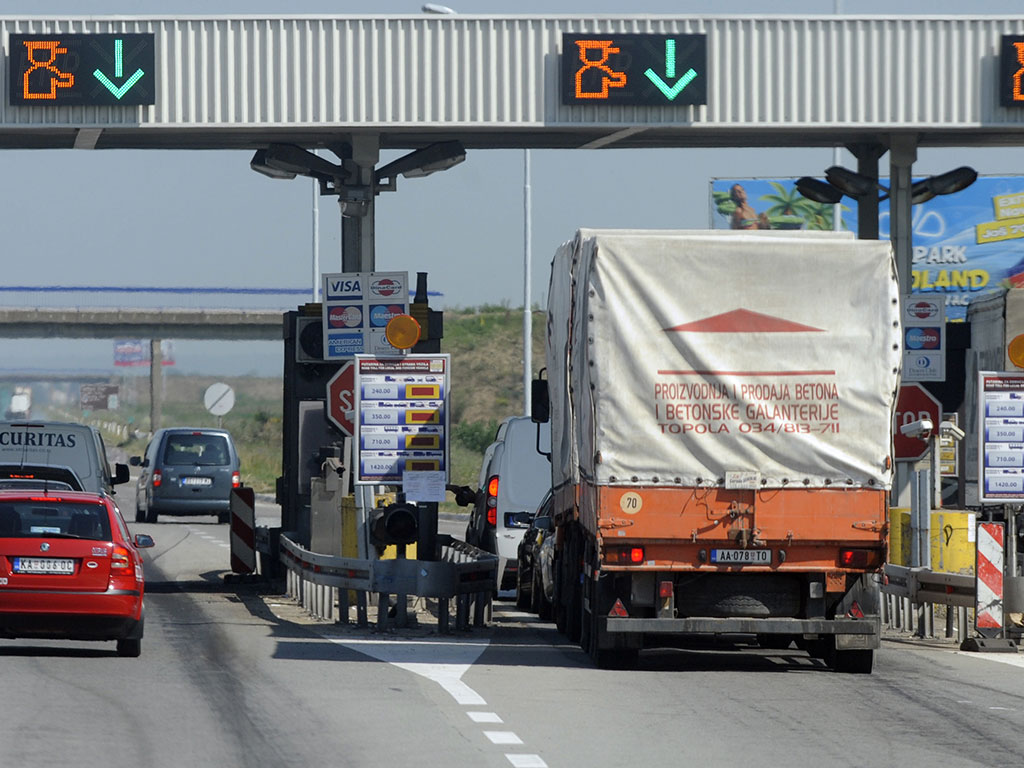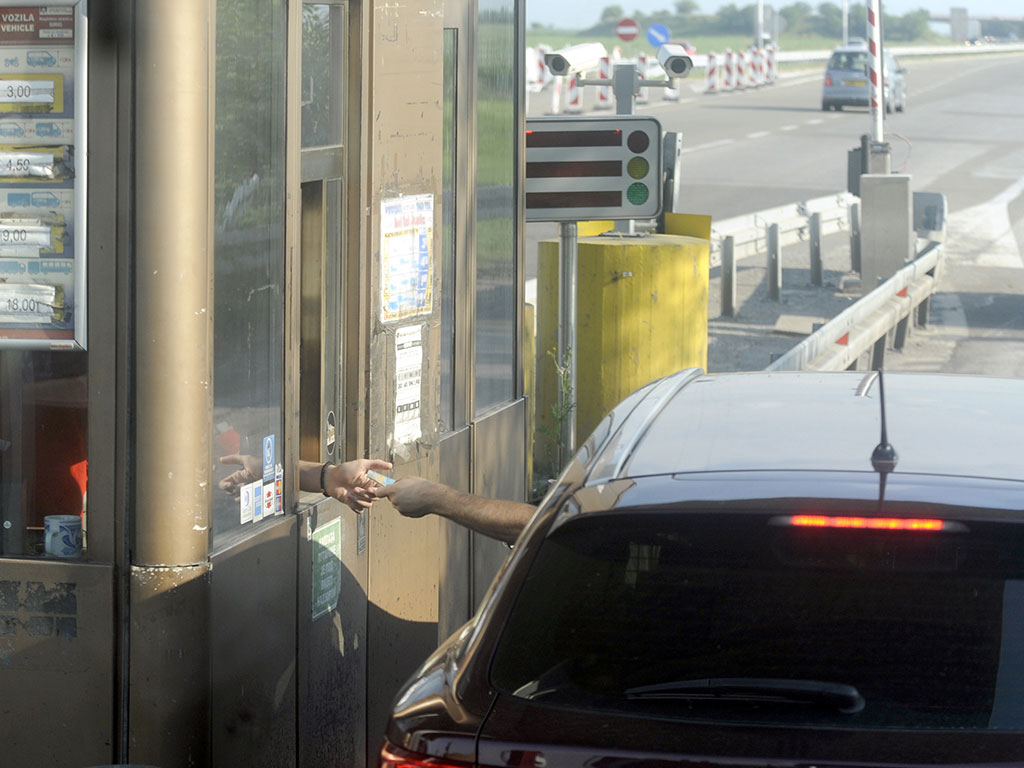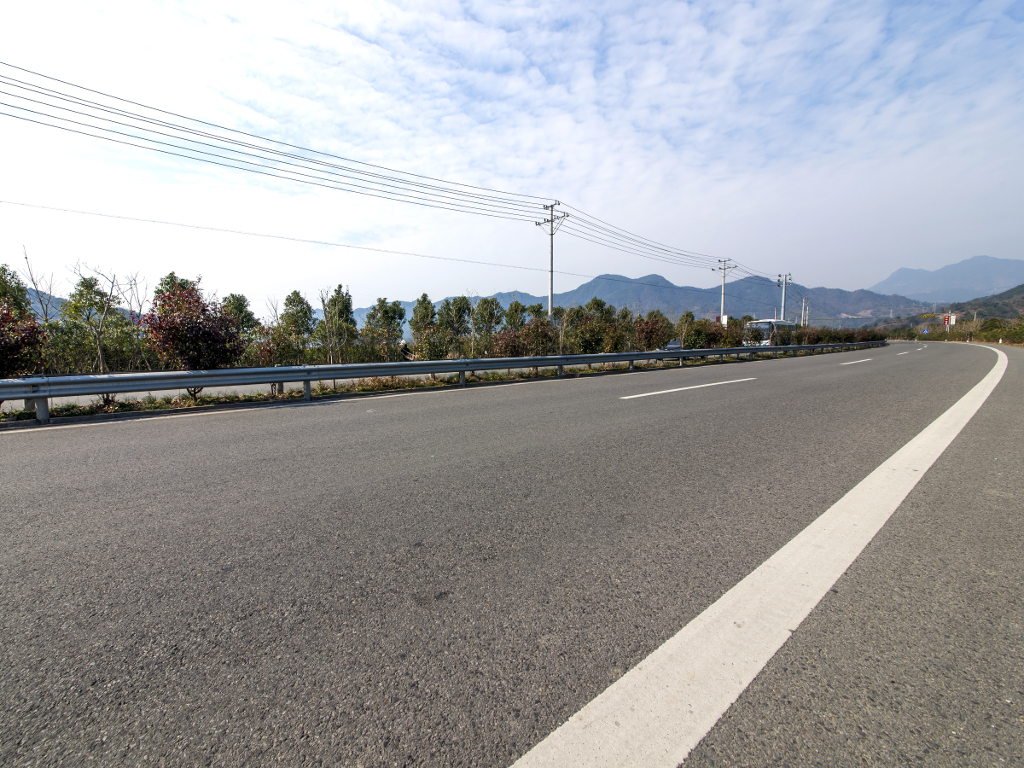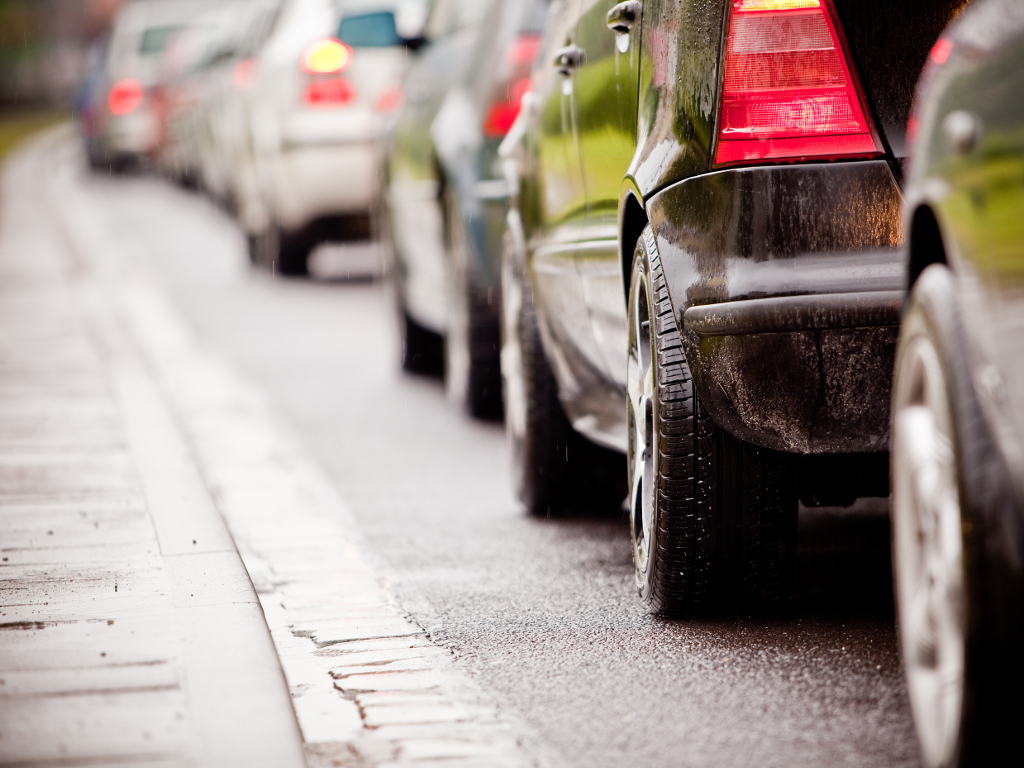Each third vehicle paying toll electronically in Serbia – Further system modernization and faster traffic planned
Source: eKapija
 Wednesday, 25.07.2018.
Wednesday, 25.07.2018.
 14:59
14:59
 Wednesday, 25.07.2018.
Wednesday, 25.07.2018.
 14:59
14:59
Illustration (Photo: bibiphoto/shutterstock.com)

The Roads of Serbia says for eKapija that their Electronic Toll Collection (ETC) system currently has 250,000 users and that their number increases each year. They especially emphasize that the share of the ETC revenues in the total toll collection revenues in the first six months of 2018 amounts to around 47.48%. This share shows a constant growth. For the sake of comparison, in 2017, it amounted to 40.59%, and a year before it stood at 33.33%.
– At the moment, the statistics show that each third vehicle uses electronic toll collection, and we need to point out that, in the first half of the year (January-June 2018), the share of heavy trucks among the vehicles using ETC amounted to as much as 70.20% – the Roads of Serbia says.
The impression is that drivers have reacted well to this new technology that is implemented in toll booths, but the toll price is still debated often. It was back in focus once again last weekend, when the director of the Roads of Serbia, Zoran Drobnjak, announced that he will propose for the highway toll to increase in 2019, but Minister of Construction, Transport and Infrastructure Zorana Mihajlovic denied that there were such plans, and it remains uncertain whether the toll is to be changed and when.
Most drivers believe that the toll is already expensive, although professor Drazenko Glavic of the Faculty of Transport and Traffic Engineering in Belgrade says for eKapija that the toll in Serbia is in fact the cheapest in the region.
– Salaries here are low, that is, the purchasing power is low, which affects our perception of how expensive something is. Our 3 cents per kilometer is less than Croatia's 6. Only Macedonia has a similar price – professor Glavic explains and adds that Serbia incurs losses when it comes to toll collection from foreigners, but that national discrimination is not an option.
There were two price lists before, one for local vehicles and the other for foreign ones, but this has been equalized now and foreigners find the toll in Serbia relatively cheap.
(Photo: bibiphoto/shutterstock.com)

Europe choosing between two toll collection technologies
While Serbia is debating about the toll price, Europe is considering more modern toll collection models. Croatia plans to start modernizing and restructuring its road sector this April, with the development of electronic toll collection that doesn't require the stopping of the vehicles. Consultants have been given the task of designing a new electronic toll collection system, based, among other things, on the distance and the free flow.
– Europe plans to implement a single market and abolish toll vignettes, that is, to switch to one of the planned toll collection technologies, in line with the adopted directives. Although 4-5 different technologies are present in Serbia, only two were considered in the end: GNSS (Global Navigation Satellite Systems) and DSRC (Dedicated Short-Range Communications). Both are interoperable and GNSS contains a DSRC module and is already implemented in certain countries, such as Germany and the Czech Republic. The options have been pared down to these two technologies and one of them is certain to be implemented throughout Europe – professor Drazenko Glavic emphasizes.
He says that the TAG used by the Roads of Serbia is DSRC-based and that, as such, it fits with the EU plans. It could be interoperable now, if not with Europe, then with the surrounding countries, through certain agreements, whereby drivers could travel to the neighboring countries with a Serbian TAG, and the Roads would then send a bill, indicating the toll incurred abroad.
– Europe wants to abolish borders and for toll collection to function as the mobile phone system – with a single contract and a single device for the entire market. The user comes first and they can't waste time thinking about how much they will have to wait, whether they have the adequate currency on their person and so on. Drivers can hope for the system to be more user-friendly and to allow them not to wait at toll booths, as well as provide them with several payment options – our interviewee explains and adds that, in the end, “mobile phones feature all the technology that DSRC has and there are already apps in America which enable you to use your phone as a TAG”.
The Roads of Serbia has confirmed for eKapija that the electronic toll collection system is fully harmonized with EU recommendations and that it allows for interconnection with a large part of the ETC systems installed in other European countries. They also say that it is technically equipped to connect to the system of the European Electronic Toll Service (EETS) without delay.
Roads of Serbia planning construction of new toll booths
When asked to rate the current toll collection system in Serbia and to say what direction its further development should take, professor Glavic says that it is very good that new kilometers are being opened, as this means new revenues for the Roads of Serbia. Still, according to him, the problem is that not all toll collection revenues are put into maintenance and management of highways, into the repayment of investments or into the expansion of the network of this network of traffic routes of the highest category. In Serbia, those funds are spent on other roads, those of lower categories, such as Ib, IIa and IIb.
(Photo: LIUSHENGFILM/shutterstock.com)

In Europe, there are still such systems involving booths and barriers, but is slowly being left behind. Such decisions are based on serious analyses and calculations, as well as short-term 10-year projections.
– There's nothing wrong with keeping the booths for now. If you have a functioning system that brings in revenues, it's not necessary to change it right away, if you don't have the means to do so. Once its shelf-life is over, you can think about the next stage and which technology to implement.
The Roads of Serbia says for eKapija that “to the end of raising the quality of maintenance and development of the road network”, they've developed a toll collection development strategy, which, among other things, entails the following of EU trends of development and modernization of the toll collection technology, the affirmation of toll collection without stopping and the construction of new toll points on all sections featuring the conditions for the implementation of toll collection.
– The strategy also entails the establishment of centralized management of the toll collection system and its supervision through an optic cable, the expansion of the sales network and services for the users of ETC, interoperability and online services. We also want to raise safety by implementing automatic calculation of the average speed between two toll collection points – they point out at the Roads of Serbia.
Co-functioning of “free flow” and ETC possible
Professor Glavic emphasizes that the situation in Serbia is specific, as new highway sections are being built, so a decision should be made immediately as to which toll collection principle is the most efficient one on those routes. Our interviewee explains that there's also the hybrid model, whereby some highways use the free flow principle, whereas others use ETC, within a single country, as these systems are interoperable and allow drivers to use a TAG on both those sections with booths and those without.
(Photo: Rafal Olkis/shutterstock.com)

Road managers want their operating costs to be as small as possible, and from that angle, professor Glavic says, the free flow model is the most efficient one, as it is the cheapest one and as it reduces the number of employees necessary, while also providing less room for misuse – everything is done electronically and money and transactions can be followed. Reduced operating costs automatically lead to an increase in the profit.
The Roads of Serbia points out that the plan is to further modernize the ETC system through connecting intelligent transport systems with the toll collection system, preparing technical and normative requirements for the implementation of the interoperability of the ETC system, online services...
Toll collection on lower category roads as well?
There have been recent speculations in the public about the potential implementation of tolls on lower category roads in Serbia. Professor Glavic says that there are such examples in Europe and that there are some justifiable reasons to collect toll outside of highways.
– A country's road network doesn't consist solely of highways. There are also high-speed roads, express roads, four-lane roads. These traffic routes are much closer to highways in their characteristics than to a regular two-lane road and toll can be collected on such roads. But you can't charge for it just anywhere, as the IB road network is large, requiring a feasibility study for the implementation of toll collection, which would define adequate sections and perform an analysis of economic viability of implementing toll collection for each individual section. Another aspect is how acceptable this is to users, which needs to be taken into account, as you simply have to offer service on a certain level for that amount of toll. Simply implementing it without upgrading the level of service will be negatively perceived – eKapija's interviewee emphasizes.
The Roads of Serbia has its own propositions as well. The company says that they've prepared a program for toll collection of IB state roads for vehicles whose total weight exceeds 12 tons. This would increase the safety of all participants, as heavy vehicles would return to highway, while costs would reduce and additional funds for the maintenance of lower category roads would be secured.
– We would also further protect the environment, that is, reduce the emission of exhaust gases, especially in populated areas.
As the company emphasizes, the question of toll collection on lower category roads is of strategic importance and the Government of Serbia decides on the implementation and development of this system.
Marko Andrejic
Companies:
 JP Putevi Srbije Beograd
JP Putevi Srbije Beograd
 Saobraćajni fakultet Beograd
Saobraćajni fakultet Beograd
 Ministarstvo građevinarstva, saobraćaja i infrastrukture Republike Srbije
Ministarstvo građevinarstva, saobraćaja i infrastrukture Republike Srbije
Tags:
Drazenko Glavic
Zoran Drobnjak
Zorana Mihajlovic
toll
toll collection
toll payment
electronic tall collection
ETC
ETC devices
TAG
price
toll in Serbia
toll for foreigners
toll for local drivers
toll booth
toll booths
toll points
toll collection systems
toll collection models
toll collection technology
free flow
toll collection without stopping
toll vignettes
GNSS technology
Global Navigation Satellite Systems
DSRC technology
Dedicated Short Range Communications
toll payment apps
toll payment by phone
European Electronic Toll Service
EETS
lower category roads
Ib roads
IIa roads
IIb roads
Toll Collection Development Strategy Serbia
intelligent transport systems
Comments
Your comment
Most Important News
Full information is available only to commercial users-subscribers and it is necessary to log in.
Follow the news, tenders, grants, legal regulations and reports on our portal.
Registracija na eKapiji vam omogućava pristup potpunim informacijama i dnevnom biltenu
Naš dnevni ekonomski bilten će stizati na vašu mejl adresu krajem svakog radnog dana. Bilteni su personalizovani prema interesovanjima svakog korisnika zasebno,
uz konsultacije sa našim ekspertima.


 Izdanje Srbija
Izdanje Srbija Serbische Ausgabe
Serbische Ausgabe Izdanje BiH
Izdanje BiH Izdanje Crna Gora
Izdanje Crna Gora


 News
News






